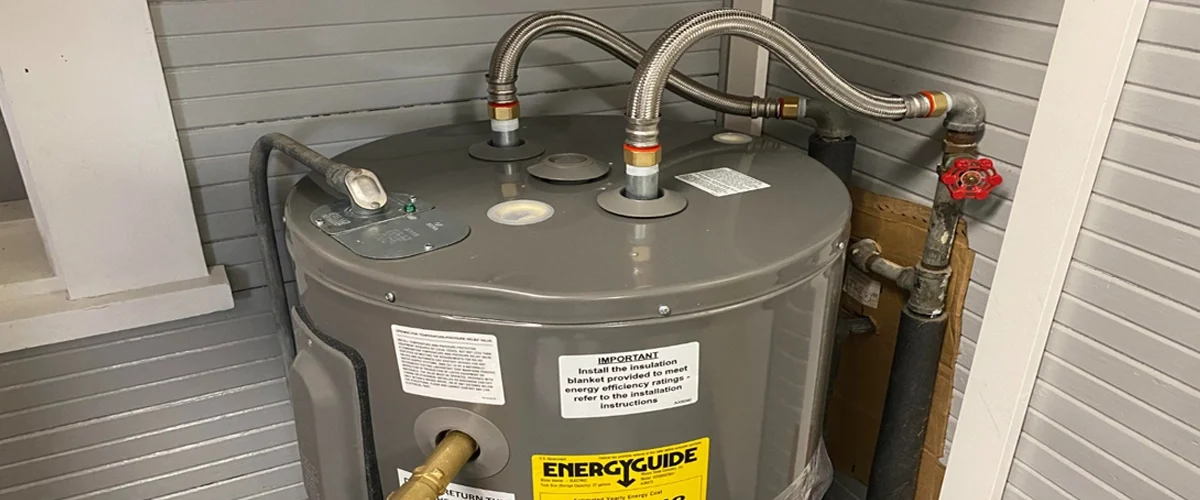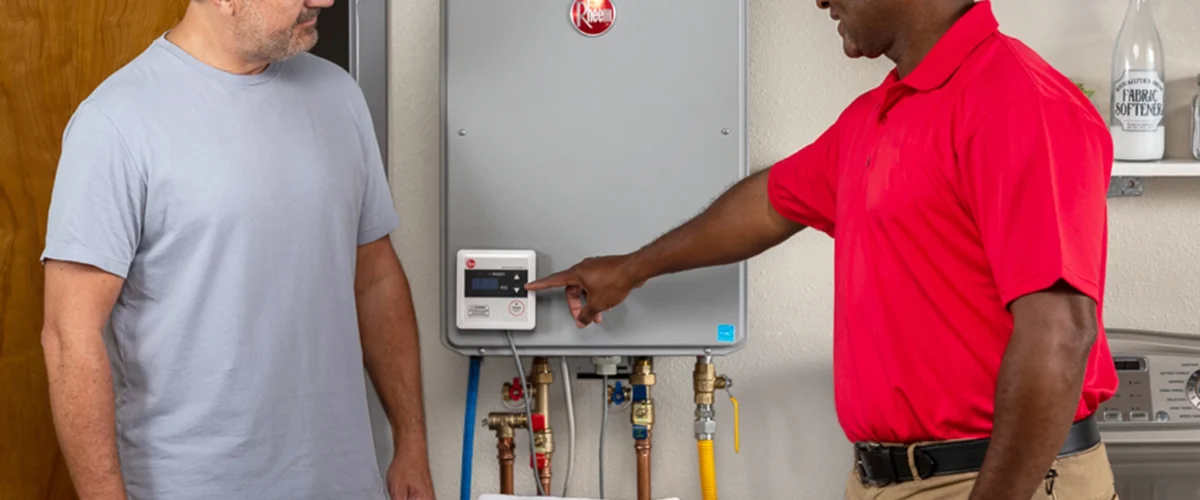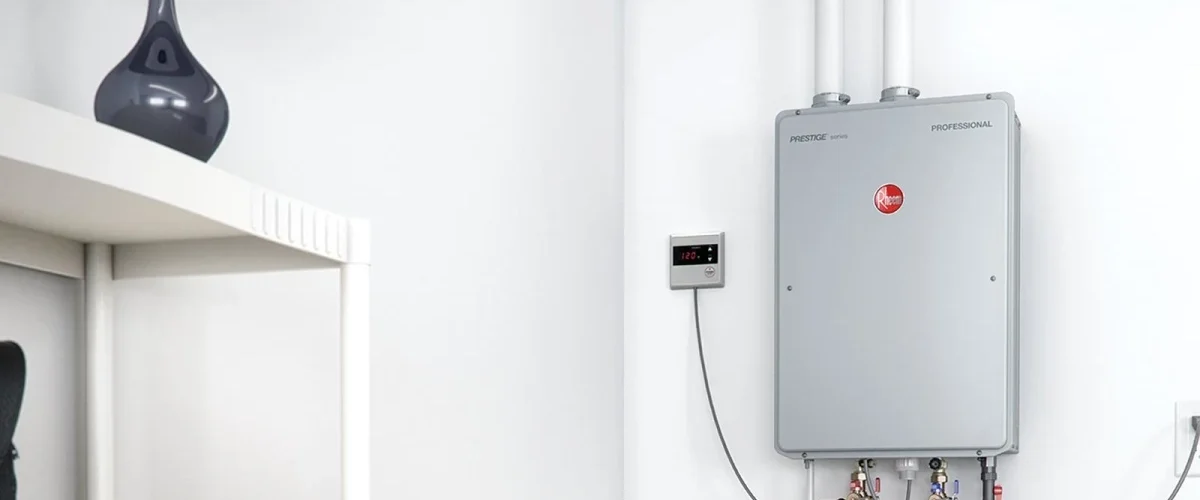How to Prepare Your Home For Water Heater Installation In Tampa
July 16, 2024
As a homeowner in the vibrant city of Tampa, Florida, you understand the importance of maintaining a comfortable and efficient living environment. One critical component of this is ensuring your home has a reliable and properly functioning water heater. Whether you're replacing an old unit or installing a new one, preparing your home for a water heater installation is a crucial step in the process. In this comprehensive guide, we'll walk you through the essential steps to prepare your Tampa home for a successful water heater installation so you can enjoy a seamless transition and uninterrupted hot water access.

Assess Your Current Water Heater
Before diving into the installation of a new water heater, it’s important to evaluate the state of your current one. If your water heater is over 10-15 years old, showing signs of rust, leaks, or inconsistent heating, it might be time for a replacement. Identifying these issues early can prevent unexpected breakdowns and ensure a seamless transition.
Choose the Right Type of Water Heater
Selecting the appropriate type of water heater is a crucial decision. In Tampa’s warm climate, both traditional tank water heaters and tankless models have their advantages.Tankless water heaters are recognized for their energy efficiency and limitless hot water supply, while traditional tanks are frequently more cost-effective initially. Consider your household’s hot water usage, energy efficiency ratings, and budget when making your choice.
Prepare the Installation Area
Clear the space around your current water heater to allow easy access for the installation professionals. Remove any stored items or debris that might block the area. Make sure the installation site has sufficient ventilation, particularly if you’re choosing a gas water heater, as proper airflow is crucial for safety and efficiency.

Upgrade Necessary Infrastructure
Inspect your home’s plumbing and electrical systems to ensure they are compatible with your new water heater. Upgrading outdated plumbing connections and ensuring sufficient electrical outlets and circuits can prevent complications during installation. If you’re switching to a tankless water heater, you may also need to upgrade to modern venting systems.
Plan for Disposal of the Old Water Heater
Proper disposal of your old water heater is an important step. Contact your local waste management services to understand the guidelines for disposal or recycling. Some professional installation services offer removal and disposal of the old unit, so be sure to inquire about this option.
Schedule Professional Installation
Hiring a reputable plumber or water heater installation service is crucial for a successful installation. Research local professionals, verify their credentials, and read reviews to ensure they have a track record of quality work. Schedule the installation at a convenient time and discuss any specific requirements with the installer beforehand.

Prepare for Installation Day
On the day of installation, ensure clear communication with the installer. Make arrangements to keep pets and children away from the work area for safety. Be prepared for a temporary water shutoff, which is necessary during the installation process. Clear any final obstacles to allow the installers to work efficiently.
Post-Installation Checklist
Once the installation is complete, verify that everything is functioning correctly. Ask the installer to demonstrate how to operate the new water heater and explain any maintenance tasks you should perform. Schedule regular maintenance checks to keep your water heater running efficiently and extend its lifespan.
Essential Precautions to Take with Your Water Heater
Ensuring the safety and efficiency of your water heater involves taking several key precautions. Whether you’re installing a new heater or maintaining an existing one, these steps will help you avoid potential pitfalls and extend the lifespan of your water heater.
Regular Maintenance Checks
● Annual Inspections: Schedule professional inspections annually to check for leaks, corrosion, and proper venting.
● Flush the Tank: Flush the tank regularly to eliminate sediment buildup, as it can lower efficiency and lead to damage.
● Test the Pressure Relief Valve: Ensure the pressure relief valve is operating correctly to prevent pressure buildup and potential explosions.
Monitor Temperature Settings
● Set to Safe Levels: Keep the thermostat set to 120°F (49°C) to prevent scalding and save on energy costs.
● Avoid Overheating: Higher temperatures can cause the water heater to overwork, increasing the risk of damage and energy wastage.
Ensure Proper Ventilation
● Gas Water Heaters: Ensure proper ventilation to avoid the buildup of carbon monoxide. Regularly check vents and flues for obstructions.
● Clear Surroundings: Keep the area around the water heater free of flammable materials and ensure adequate space for air circulation.
Be Cautious with DIY Repairs
● Professional Help: Always seek professional help for major repairs and installations to ensure safety and compliance with local codes.
● Avoid Modifications: Do not try to modify the water heater or its components, as this can lead to safety hazards.

Preparing your home for water heater installation involves careful planning and attention to detail. By following these steps, you can ensure a proper installation and enjoy the benefits of a new, efficient water heater. Embrace the improved reliability and energy savings that come with a properly installed water heater, and enjoy consistent hot water for years to come.


